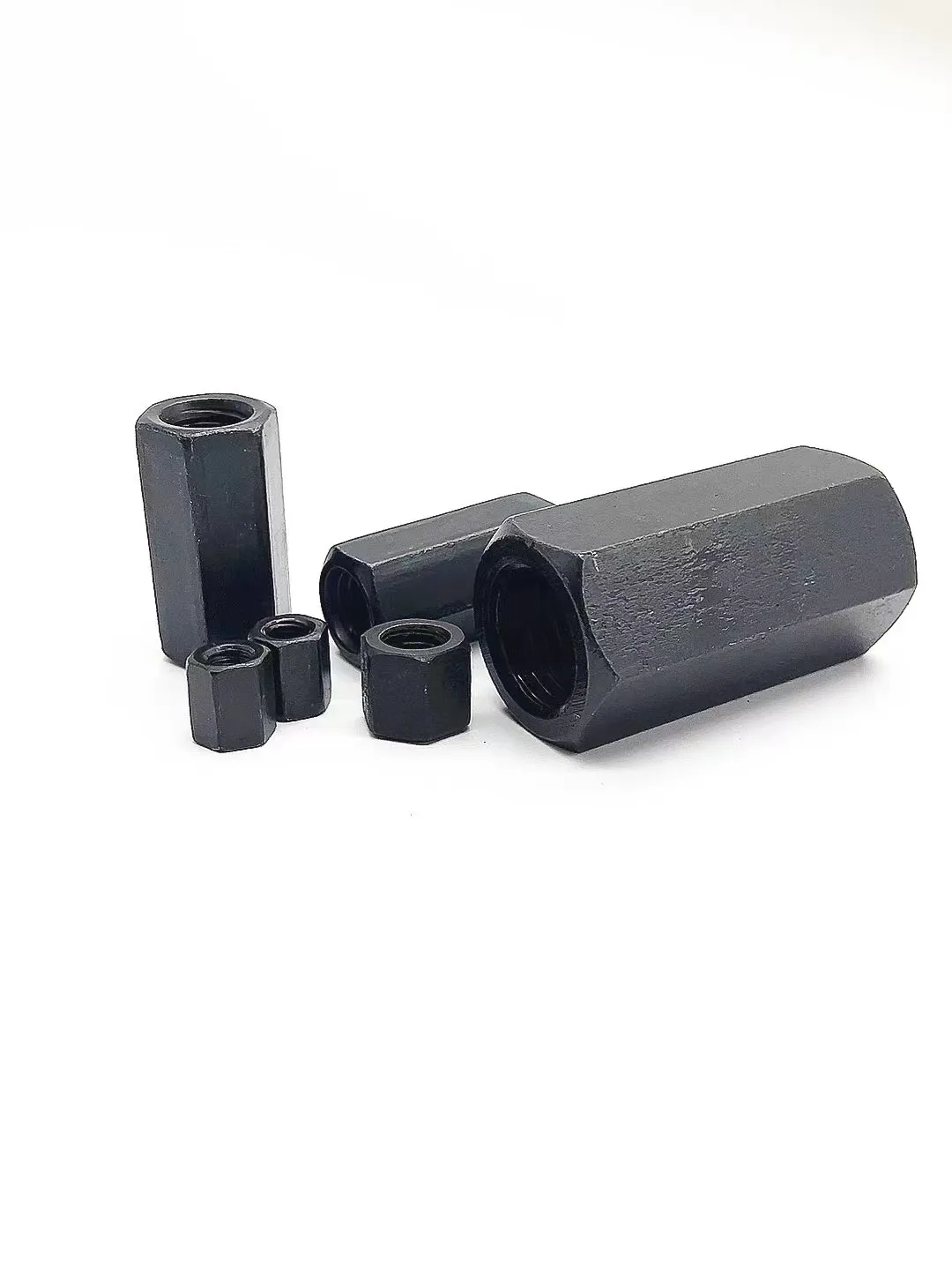

Understanding the Differences Between Spring Washers and Plain Washers in Mechanical Applications
Ağu . 11, 2024 10:32 Back to list
Understanding the Differences Between Spring Washers and Plain Washers in Mechanical Applications
Understanding Spring Washers and Plain Washers Key Components in Mechanical Assembly
In the realm of mechanical engineering, the terms 'spring washer' and 'plain washer' frequently arise when discussing fastening components that enhance the stability and durability of assembly operations. Despite their seemingly straightforward designs, both types of washers play critical roles in various applications across different industries, including automotive, aerospace, and manufacturing.
What is a Washer?
A washer is a thin, flat piece of material, usually made from metal or plastic, that is used to distribute the load of a threaded fastener, such as a screw or a bolt. Washers serve multiple purposes they help to prevent the fastener from loosening due to vibration, protect surfaces from damage, and provide a sealing surface to minimize leakage. The two most common types of washers are plain washers and spring washers, each designed for specific functions.
Plain Washers
Plain washers are simple, flat discs with a central hole, allowing them to fit over a bolt or screw. Their primary function is to provide a smooth surface that can prevent damage to the material being fastened. By distributing the load of the fastener over a larger area, plain washers reduce the risk of surface indentations or deformation.
In addition to load distribution, plain washers are often utilized to create a barrier against moisture and dirt, especially in outdoor settings or environments prone to corrosion. They are available in various materials, including steel, stainless steel, plastic, and rubber, which allows engineers to select the appropriate type based on the specific requirements of the application, such as temperature resistance and corrosion resistance.
Spring Washers
spring washer plain washer

In contrast, spring washers are designed with a slightly more complex geometry. They are typically helical in shape and provide a compressive load that helps maintain tension in fastening applications. The primary purpose of a spring washer is to absorb shocks and vibrations, preventing fasteners from loosening over time. This characteristic is especially advantageous in dynamic environments, such as automotive assemblies, where components are subject to constant movement and varying forces.
There are several types of spring washers, including split washers (also known as lock washers), wave washers, and conical washers, each providing unique benefits. Split washers, for example, create a locking effect as they are compressed, which hinders the rotation of the fastener. Meanwhile, wave washers provide a flexing action that contributes to continuous even tension, making them suitable for applications requiring a degree of movement or flexibility.
Applications in Various Industries
Both plain washers and spring washers find significant applications across various sectors. In the automotive industry, for instance, these washers are critical in securing wheel assemblies, engine components, and suspension systems, where reliability and safety are paramount. In the machinery sector, they ensure that equipment remains operational and efficient, reducing maintenance needs and enhancing overall performance.
Furthermore, the aerospace industry relies heavily on both types of washers to maintain structural integrity and to ensure the safety of flight operations. Given the high-stakes environment of aviation, the ability of spring and plain washers to withstand extreme conditions is invaluable.
Conclusion
In summary, while spring washers and plain washers may differ in design and function, both are indispensable components in mechanical assemblies. Understanding their unique contributions is essential for engineers and technicians looking to optimize assembly processes and enhance the lifespan of products. As technology continues to evolve, the application and design of these washers will likely advance, further solidifying their importance in the engineering landscape.
Latest news
-
Premium Fasteners Manufacturer | AI-Driven Solutions
NewsAug.01,2025
-
Hot Dip Galvanized Bolts - Hebei Longze | High Strength, Corrosion Resistance
NewsAug.01,2025
-
High-Strength Hot Dip Galvanized Bolts - LongZe | Corrosion Resistance, Custom Sizes
NewsAug.01,2025
-
Best Self Tapping Screws for Drywall - Fast & Secure Installation
NewsJul.31,2025
-
High-Strength Hot Dip Galvanized Bolts-Hebei Longze|Corrosion Resistance&Customization
NewsJul.31,2025
-
Hot Dip Galvanized Bolts-Hebei Longze Metal Products|Corrosion Resistance&High Strength
NewsJul.31,2025

